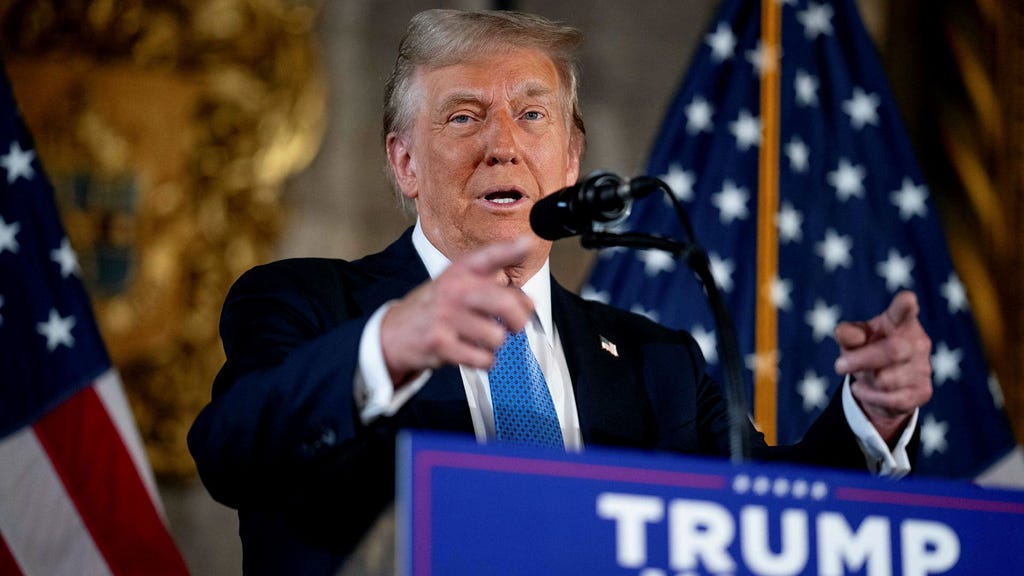The escalating tension between then-President-elect Donald Trump and the media during his transition period set a concerning precedent for his upcoming presidency. Trump’s open hostility towards the press, labeling them as ”enemies” and promising to ”take them on,” created a climate of fear and uncertainty within the journalistic community. This adversarial stance, coupled with the threat of legal action through multiple lawsuits, signaled a potential shift in the relationship between the White House and the Fourth Estate, raising concerns about the future of press freedom and the public’s access to information. The potential chilling effect on investigative journalism and critical reporting became a central concern, with many fearing that news organizations might exercise excessive caution and self-censorship to avoid legal battles or public condemnation from the highest office.
Trump’s aggressive rhetoric and legal threats were not isolated incidents but part of a broader strategy to discredit and delegitimize the media. He frequently employed the term ”fake news” to dismiss reports critical of his administration, effectively painting journalists as purveyors of misinformation. This tactic, often amplified through social media, served to erode public trust in established news outlets, while simultaneously bolstering the influence of alternative media sources that aligned with his narrative. The blurring of lines between factual reporting and opinion, coupled with the rise of partisan media outlets, created an increasingly fragmented information landscape, making it more challenging for the public to discern accurate and unbiased reporting.
The implications of this combative relationship between the presidency and the press were far-reaching. The threat of lawsuits and public denouncements could stifle investigative journalism, particularly on sensitive topics or those involving powerful individuals. News organizations, wary of costly legal battles or reputational damage, might shy away from pursuing stories that could be perceived as critical of the administration, leading to a decline in accountability journalism. This self-censorship, driven by a desire to avoid conflict or maintain access to official sources, could create an environment where corruption and misconduct went unchecked, undermining the public’s right to know and eroding trust in democratic institutions.
Furthermore, the constant attacks on the media’s credibility contributed to a broader erosion of public trust in journalistic integrity. By repeatedly labeling critical reporting as ”fake news,” Trump effectively undermined the public’s ability to differentiate between credible journalism and misinformation. This erosion of trust not only weakened the media’s ability to hold powerful figures accountable but also made it more difficult for the public to make informed decisions about critical issues. In an environment where the very notion of objective truth was constantly under attack, the foundations of a well-informed citizenry and a functioning democracy were threatened.
The potential chilling effect on journalistic freedom extended beyond major news organizations to independent journalists, bloggers, and citizen journalists. These individuals, often operating with limited resources and legal protection, were particularly vulnerable to intimidation tactics and legal threats. The fear of lawsuits or public harassment could deter them from reporting on sensitive topics or scrutinizing powerful figures, effectively silencing critical voices and limiting the diversity of perspectives available to the public. This suppression of independent media further concentrated power in the hands of established institutions, potentially exacerbating existing inequalities in access to information and freedom of expression.
In conclusion, Donald Trump’s antagonistic approach to the media during his transition and subsequent presidency raised serious concerns about the future of press freedom and the public’s access to information. His rhetoric and actions created a chilling effect on journalistic inquiry, potentially leading to increased self-censorship and a decline in accountability journalism. The erosion of public trust in the media, exacerbated by the constant barrage of ”fake news” accusations, further weakened the media’s ability to fulfill its crucial role in a democratic society. This adversarial relationship between the president and the press had far-reaching implications, potentially undermining the foundations of a well-informed citizenry and a functioning democracy. The long-term effects of this contentious dynamic remain to be fully understood, but the early indications highlighted the importance of a robust and independent press as a critical check on power and a vital safeguard of democratic values.














